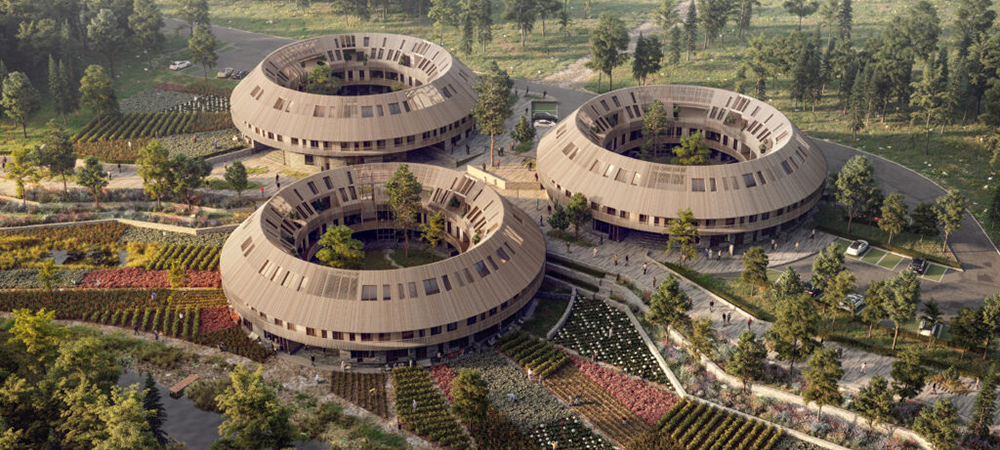A new Sweco study highlights the potential of 22 European cities to enhance liveability, sustainability and resilience through regenerative design in the built environment. By adopting the principles of regenerative design, these cities can increase the size of their green-blue areas by 42% – and align with the new EU nature restoration law related to urban ecosystems.
Currently, 75% of EU citizens reside in urban areas. As cities expand, green-blue spaces tend to be sacrificed for grey infrastructure, thereby negatively impacting biodiversity. By paving over natural surfaces, removing trees, and channelling waterways, urban development has led to ecological ‘dead zones’ and increased vulnerability to floods and heatwaves.
“The decline of biodiversity is progressing at an alarming rate and scale, triggering a chain reaction. This also threatens the essential ecosystem services that citizens rely on, such as clean water and air and pollinating crops,” said Tobias Nauwelaers, a Sweco expert in nature restoration and urban ecology and one of the authors of the report.
Recent data from the European Environment Agency shows that 81% of protected habitats are in poor condition, with only 9% improving. Under the new EU Nature Restoration Law, which aims to restore degraded ecosystems, member states are required to plan and follow up on their contribution to reversing this trend.
“One solution to Europe’s city biodiversity problem is applying the principles of regenerative design. By incorporating natural systems and semi-natural systems to achieve more green-blue areas, the cities can not only minimise environmental harm, but also start ‘giving back’ by contributing positively to ecosystems and boosting biodiversity. There is EU funding available to address this problem, as at least EUR 20 billion a year will be allocated from the 2021-2027 EU budget for spending on biodiversity,” added Nauwelaers.




